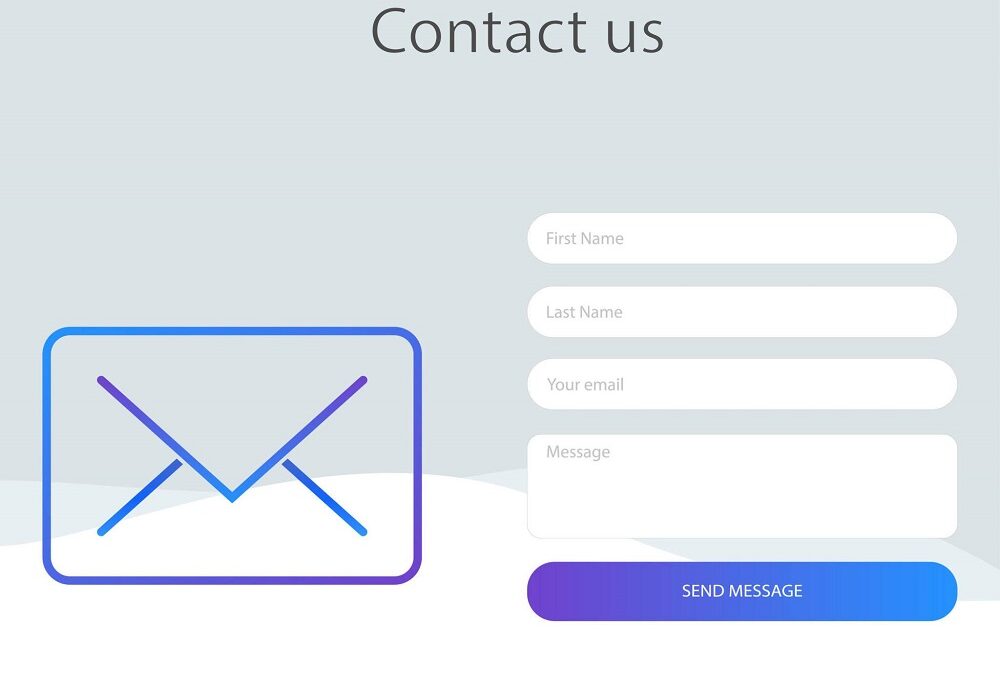Wants to know how to prevent contact form spam without captcha?
Spam has plagued the Internet since its birth. In fact, it’s difficult to picture life online without email spam filters to protect us from all of the unsolicited pleas for financial aid from poor princes worldwide. While spam filters for email have been successful, they could have been more efficient at stopping form spam.
Form spam is defined as unwanted and harmful contributions made through the sign-up forms you utilize. These fraudulent form submissions are typically the consequence of spam bots abusing your website and database.
That can comprise a variety of undesirable material, such as irrelevant or promotional messages, bogus sign-ups, connections to dangerous websites, efforts to exploit security flaws in the website, and even the theft of personal information.
Form spam is difficult to avoid in part because it is not always generated by bots. Bots are the most common and unpleasant type of spam, but they are also the easiest to detect and avoid. On the other hand, a person who is willing to spam your forms manually will be more difficult to trick. The best thing you can do is slow them down.
Unfortunately, practically anything you do to make it more difficult for people to spam will hurt the user experience. The good news is that there are several pretty simple solutions to reduce spam form submissions while keeping your site accessible to users.
Here are 4 strategies for preventing form spam.
Honeypots
Honeypots are traps meant to attract and then destroy bots, viruses, and other malicious actors that you may meet online. When it comes to form spam, a honeypot is a hidden field that bots will automatically fill up when attempting to submit a form. Because the form field is hidden from human visitors, your users will be unaware of its presence. However, when the bot fills it out, the form submission is immediately discarded.
Form Validation
User authentication is another approach for stopping spambots and people from submitting spam forms. This includes requesting users to confirm their email addresses or utilize two-factor authentication before completing a form.
This strategy works better for higher-value forms like trial signups rather than contact forms or PDF download forms. Users may not believe it is worthwhile to go through the extra steps necessary for authentication for lower-value forms; therefore, before deploying these strategies, evaluate the possible impact on conversion rates.
Real-time Verification
If you wish to combat spam bots or form spam without using CAPTCHA, the best alternative is real-time email verification (which does not accept spam, fraudulent, or transitory email addresses). You may also employ honeypot fields and solutions that need user input, such as time-based form submissions.
User Interaction
Preventing contact form spam without employing a typical CAPTCHA while still allowing for user input is an effective way to improve user experience. Remember to properly test your selected solution to ensure it efficiently stops spam while not causing difficulty to real users. Consider combining many strategies to achieve better outcomes.
Where Does the Spam Come From?
Understanding the source of form spam might help you limit the number of submissions to your forms.
- Manual spamming occurs when humans fill out forms with fake information and hazardous links. They do it largely to build backlinks to their website, which may benefit them in search engine rankings. Sometimes, these URLs are dangerous and infect users with malware. They may even steal other users’ personal information or attempt to defraud them for money. This all harms your website’s reputation and inhibits user participation. Because human spammers can evade practically all validations, there is very little that can be done to stop them.
- Spam Bots – These are pre-programmed bots that look for forms and input fields on the internet and fill them with keywords or links. Because they are automated, they may produce many submissions, making them the most bothersome. These bots come in hundreds of different versions, making it hard to filter them all using a single static approach. To filter out as many spam bots as possible, one must use efficient approaches.
Is it Essential For Your Business to Stop Form Spam?
Whether it’s a WordPress site or one developed entirely from scratch using web development languages. If a business relies on this website, avoiding spam is critical and useful. Some of the key challenges that businesses experience as a result of spam include:
- Slow response time – If your forms, such as your website’s contact form, are inundated with spam, the time it takes to react to legitimate visitors will rise. Someone must manually sort through the submission pile to find the legitimate ones. A slow response may inconvenience users and lead to client loss. Slow response time bothers actual consumers, and in an era where everything has an alternative, your users will begin to look for another option.
- Poor user experience and decreased brand value – A website with an uncontrolled comment area is frequently filled with spam remarks. Examples include connections to other websites, hate speech, scammer links, etc. All of these variables contribute to a negative user experience and a decrease in brand reputation.
- Concerns about safety and security – Spammers’ links on your site can sometimes lead to viruses, so guaranteeing the safety of your visitors is critical.
- Hampered analytics – Form spam artificially boosts the number of website visitors, making it impossible to distinguish between legitimate and spam visits. It needs to improve statistics and our comprehension of the organic traffic that the website attracts.
In many respects, attempting to remove spam completely increases the likelihood of filtering out real people. However, you have the edge over manual spammers: because they must operate at high volume to be effective, even a slight lag may be enough to encourage them to continue.
Now you how to prevent contact form spam without captcha, Contact Tectera to prevent contact form spam without captcha.


Editorial Staff at Tectera are experts on web design, SEO, Social media, App and Software.



